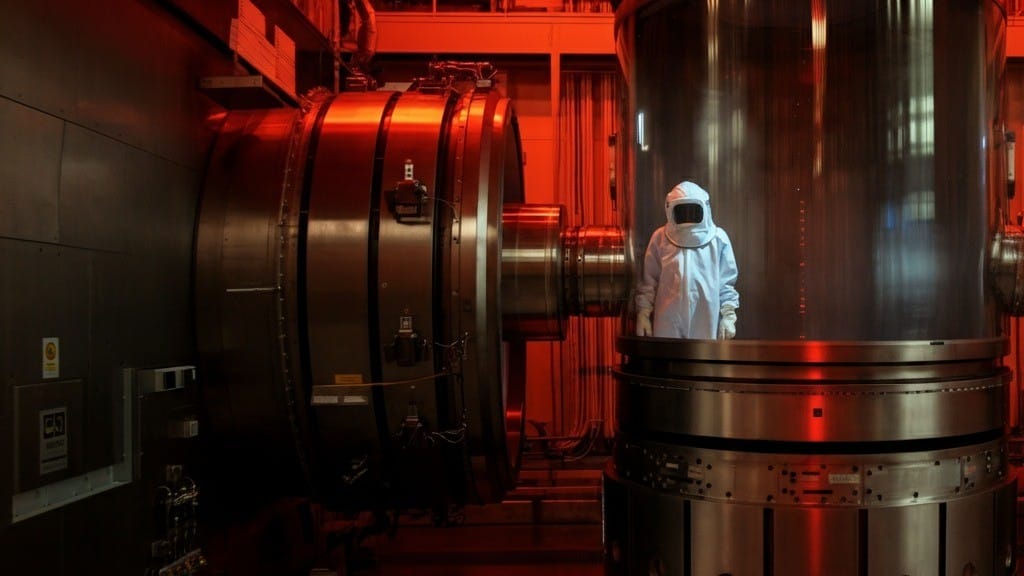Kalle Reflects on nuclear fusion power
Flawed thoughts about how nuclear fusion power would help compensate for fossil fuels keep popping up in a hopeless dream for the future. First, such power would rely on fuel, in this case molecules built on hydrogen, harvested from the sea and then collided and fused at extreme temperatures and pressures. With a hope to harvest more energy from this process for societal use, than is given to it. So, its economic and competitive uphill reality is hopeless already upfront, in comparison with energy flows that are free of charge (sun, winds, hydro, sea-currents, sea-waves, geothermal). Second, over and above the fuel problem as such, a physical breakthrough for some kind of manageable fusion power for peaceful energy production on Earth remains. Third, an industrial scaling-up after such a breakthrough would take decades at best. But fusion power is already available at sufficient scales. The Sun is a huge fusion reactor hanging over us, where the fuel is already in place, free of charge, and the Sun delivers its energy all over our planet, also free of charge. The Sun has fuel enough to do this for yet around 1.5 billion years. And fourth, finally, what kind of home-made fusion-driven society are we talking about anyhow?
More in detail, what are the arguments behind the futile dream?
(i) “At last, we have achieved a PROVEN breakthrough for cold fusion as a safe energy source for society, not like the myriad times before when such breakthroughs have been falsified. Now, at last, it is for real”. (It never was).
(ii) “Now we only need to implement R&D programs, based on the physical breakthrough, to industrialize the production of fusion power as a limitless source of energy, into sufficient scales”. (Further exploration of managable fusion may be theoretically interesting and legitimate to physicists but has no place amongst attractive energy sources of the future, let alone in our urgency to fight climate change).
(iii) “Considering the huge amounts of hydrogen and hydrogen molecules to be found in seawaters and turned to an appropriate fuel-mix in fusion reactors, fusion power will be competitive to the prices of any energy source”. (Wrong again, sun, wind, water, waves, ocean currents, geothermal power keep flowing, free of charge, regardless of if we put turbines or propellers in the way of the flows. Furthermore, fusion power will inherently require much more complex and expensive plants than any of the ones capturing energy from the eternal energy flows).
The starting point for the old dream of fusion power is shaky from upfront. But still, even if the flawed ideas above would be true, a big question remains, one that is frequently forgotten:
(iv) What kind of society do proponents of fusion power envision anyway? Apparently, one where people around the world would apply nuclear fusion power to run their civilizations in regional self-reliance, and sufficiently low vulnerability to mechanical errors, accidents, terrorism, political conflicts and wars. Or, in other words, they would somehow enjoy relying on a centralized power system that they lack the competence to understand, serve, repair and defend from sabotage. (Not even today’s physicists behind fusion-power know what they have in mind for the future in this regard, but future generations are still believed, somehow, to “get it”).
So, we would all sit there, in such communities, like newly hatched chicken in their nests, waiting for our parents to put energy into our beaks. Is this a dignified dream for the future, from upfront and down to its very basic thought structure? This is an often-forgotten aspect also when it comes to nuclear fission power (see previous reflection). Both types of energy systems are based on false assumptions anyway.
